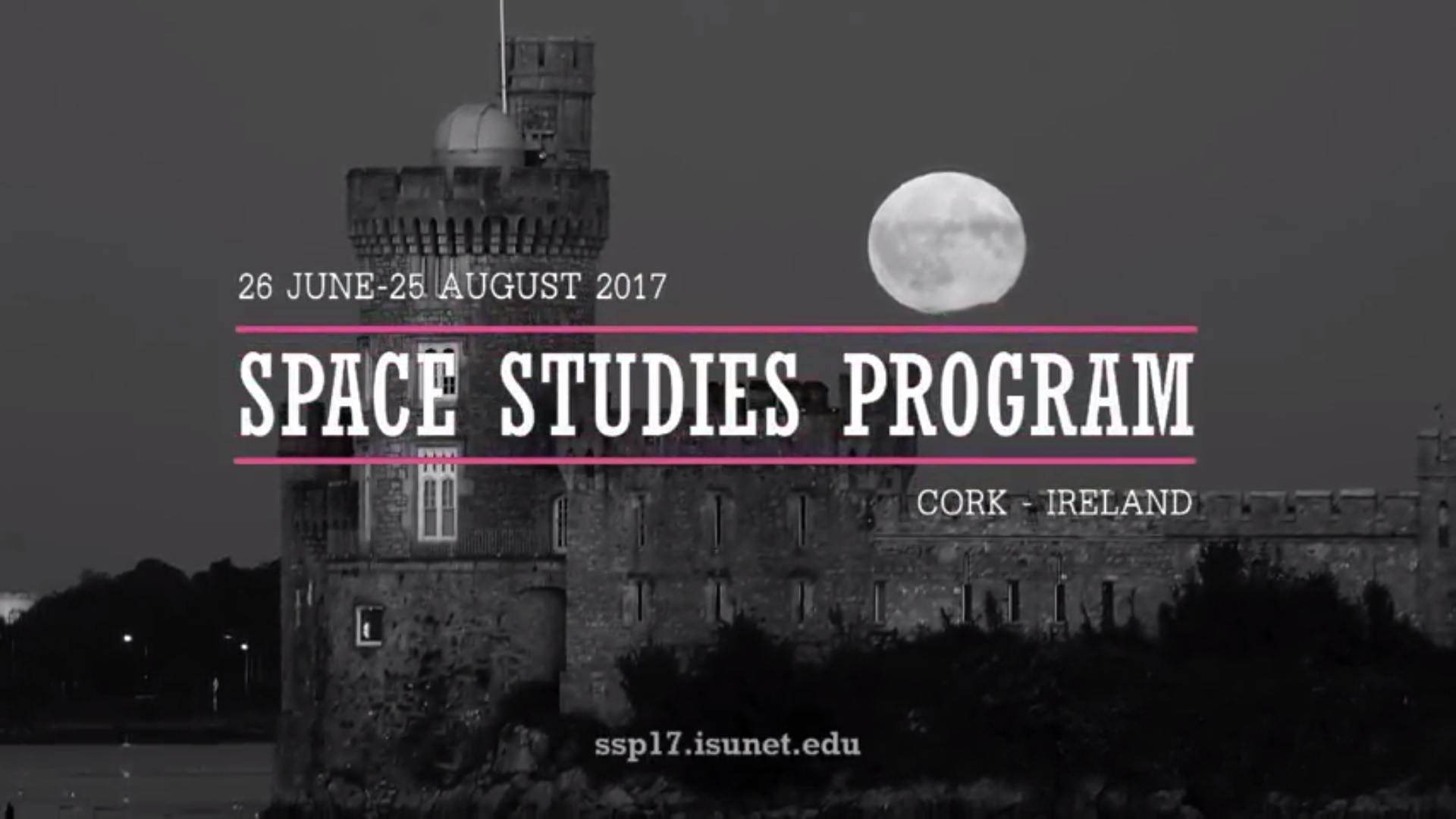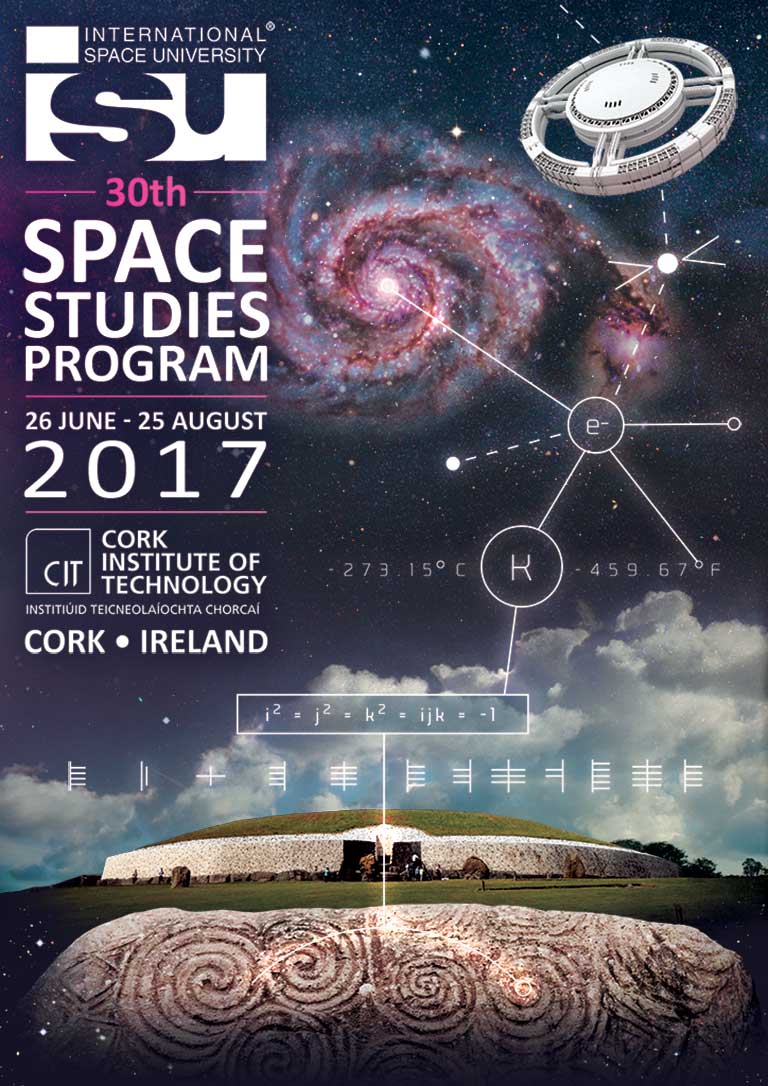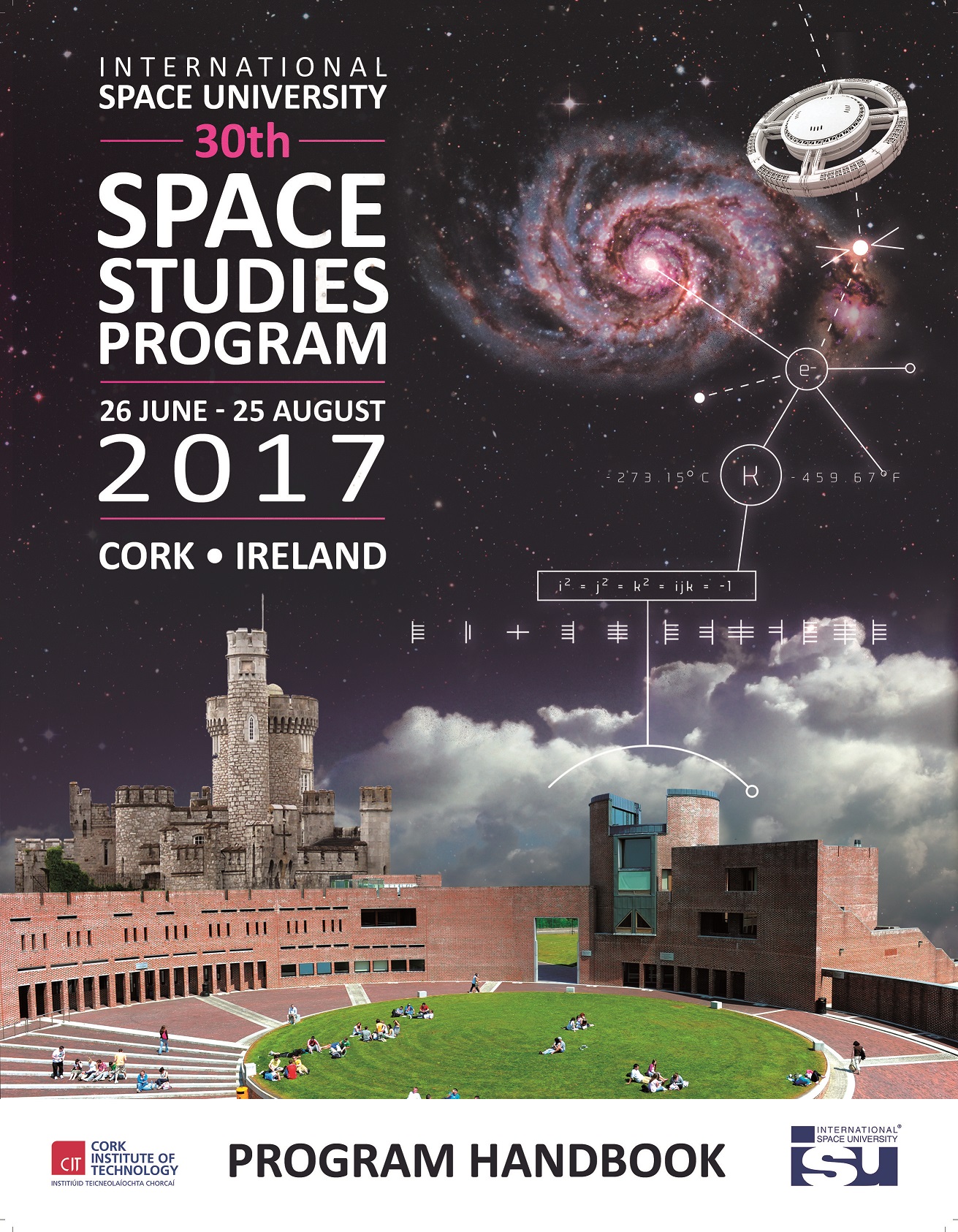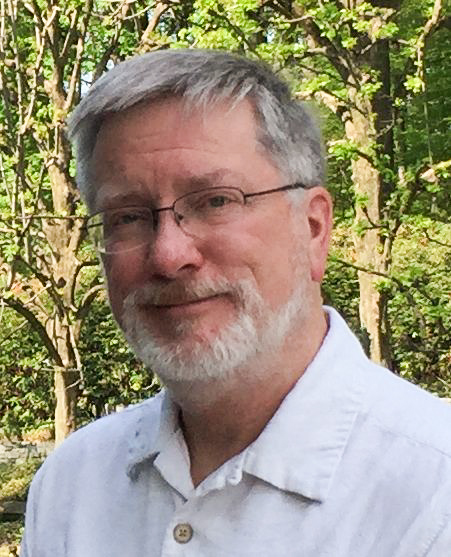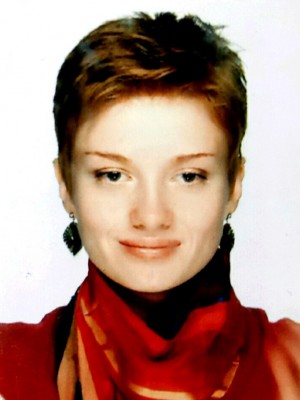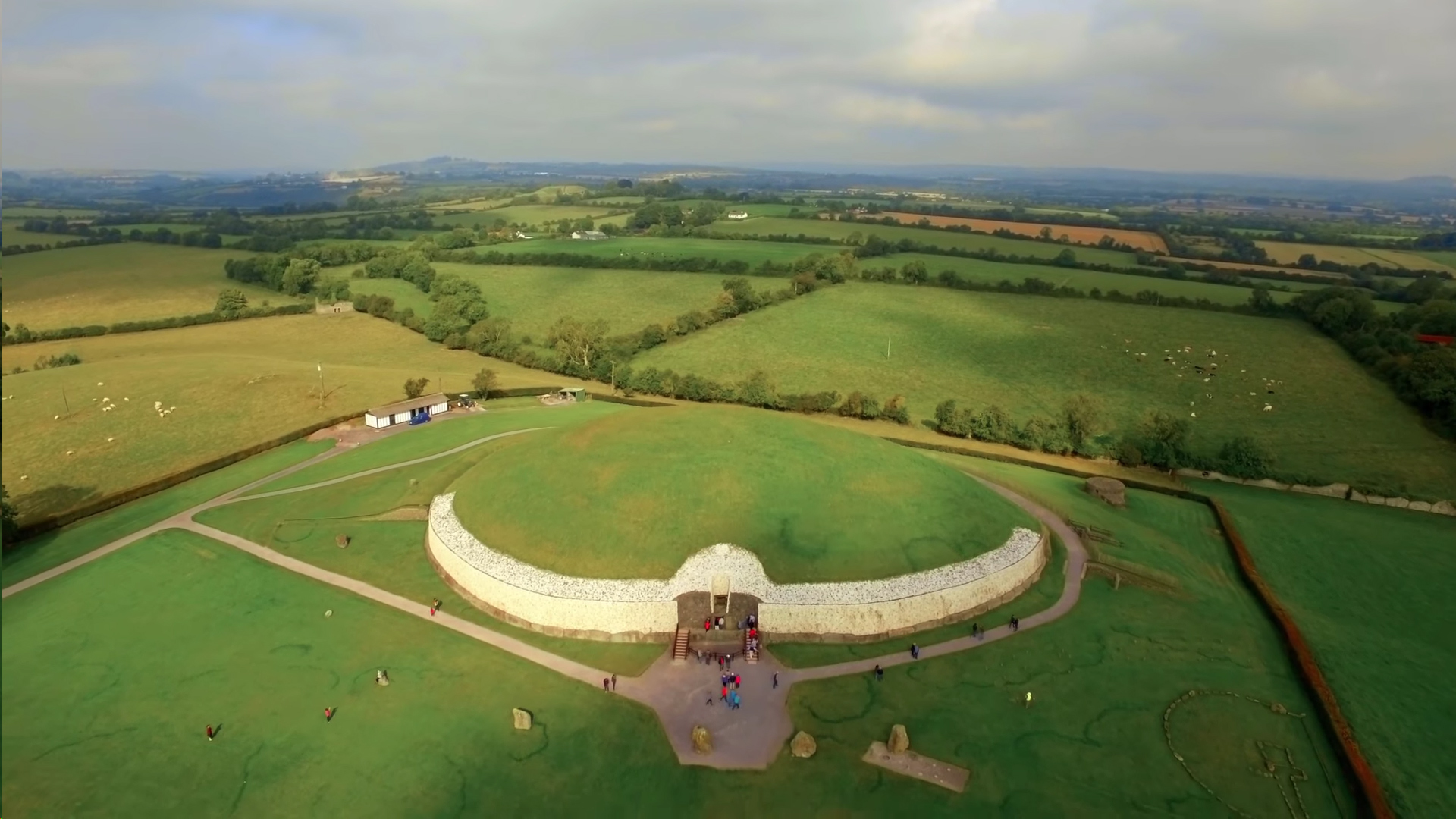- Details
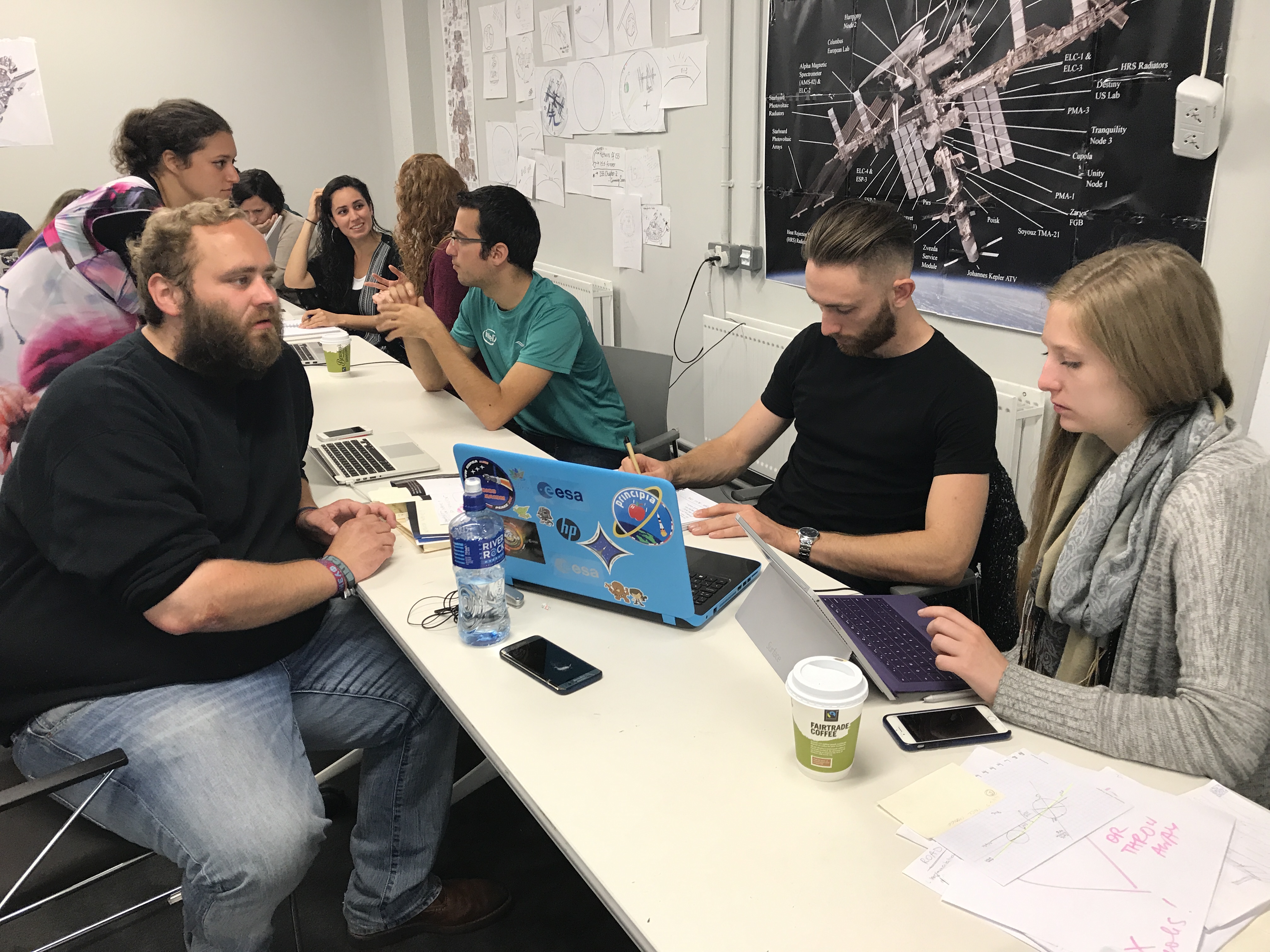
Well we have indeed come up with some interesting ideas: would you rather have a space hotel? Or a space mining processing plant? The possibilities are endless!
Over the last 8 weeks we have spent countless hours looking at a wide range of info on the ISS, how was it built? What are some of the great political feats that were pulled of to make it happen? Then we clustered our ideas, refining them and asking some expert opinions. Chit chatting with astronauts Yi So-yeon and Bob Thirsk gave us some great first hand experiences about floating around in space and it definitely sounds like something that Humans should keep doing!
- Details
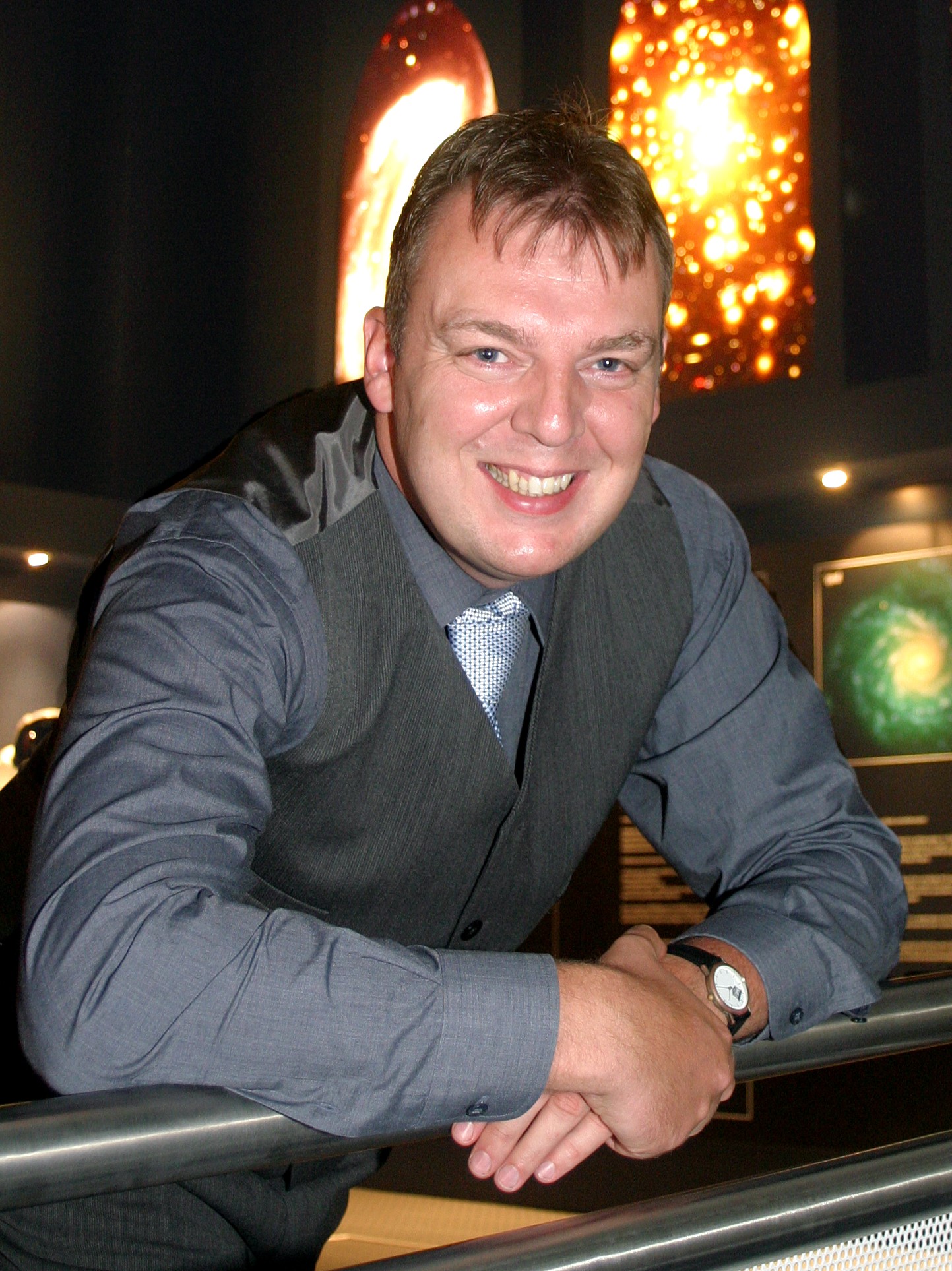
Co-Chair
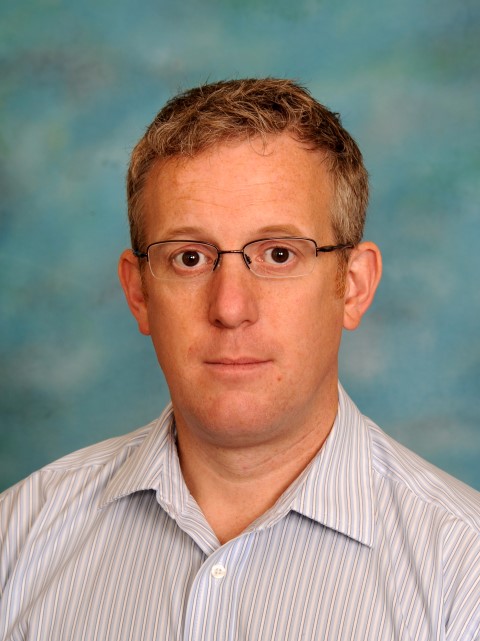
Co-Chair

Teaching Associate
The global space industry continues to robustly grow, with highly involved countries seeing sustained support and economic benefit that has endured global financial challenges and political shifts. Other locations with strong high technology economies, especially in science and engineering, are eager to engage their enterprises and gain market traction in part of the global space economy.
Without an existing, comprehensive space industry presence, it is hard to understand where the opportunities and challenges will be found. Space has thrived as a governmental activity, or in situations where the market is somewhat artificial. As purely commercial activities, space technology development, applications and exploration are taking their very first steps. Diverse businesses have been enabled or extended through connecting their activities to some part of the space industry value chain, and diverse businesses have failed attempting the same trick.
This project is about examining how strategic roadmaps are developed, in which conditions they can prove to be useful, and how they can be used to build capacity and activity in the space sector. The project team will consider what has worked in some regions and countries, and if there are any general principles or ‘drivers’ that can be identified as essential pre-requisites. Policy ideas – and constraints – will be explored to support space-connected enterprises of all sizes, including how non-spacefaring countries might attract large companies to expand or relocate into their territory.
Geographical factors, higher education and research institutes, financial conditions, graduate mobility and other considerations will arise. Not all issues are relevant to every location, and multiple scenarios will need to be explored during this short project. It is complementary to the team project about entrepreneurial activity in the space domain, as both projects will take a ‘step back’ from the hype around new space business, and seek to understand practical realities and how they manifest in distinct contexts.
Besides this broader analysis and roadmap development, the team undertaking this project are presented with the following challenge: develop the foundations for a ‘Space Industry White Paper’ to be delivered to the Government of Ireland as a key piece of actual future strategy.
- Details
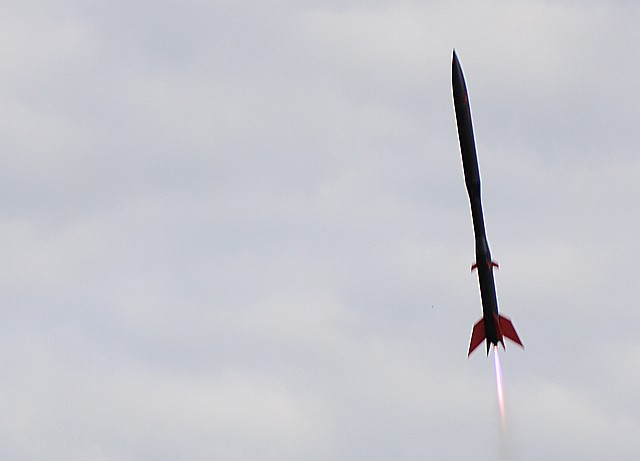 Rockets, balloons, rovers... These are a few of the many exciting activities of the International Space University’s 30th Space Studies Program (SSP) held in collaboration with partner institution, Cork Institute of Technology (CIT). The highlight among them all has got to the most tangible of them all.. Rockets!! The word rocket is all it takes to get the public on their feet and yes, off the ground too!
Rockets, balloons, rovers... These are a few of the many exciting activities of the International Space University’s 30th Space Studies Program (SSP) held in collaboration with partner institution, Cork Institute of Technology (CIT). The highlight among them all has got to the most tangible of them all.. Rockets!! The word rocket is all it takes to get the public on their feet and yes, off the ground too!
- Details
How’s a week in the life of a Space Studies Program Teaching Associate? Well, no two weeks are the same, but this newly released footage from week two of SSP17 might give you a unique new perspective. Petter Evju Skanke, the Teaching Associate for the Space Humanities Department, brings you along on a few of his highlights from last week. See what he got up to!
If you want to see more of his videos or just like his Norwegian accent, you can check out his very own YouTube channel here. And be sure to follow @PetterSkanke on Twitter for even more behind the scenes of the SSP!
- Details
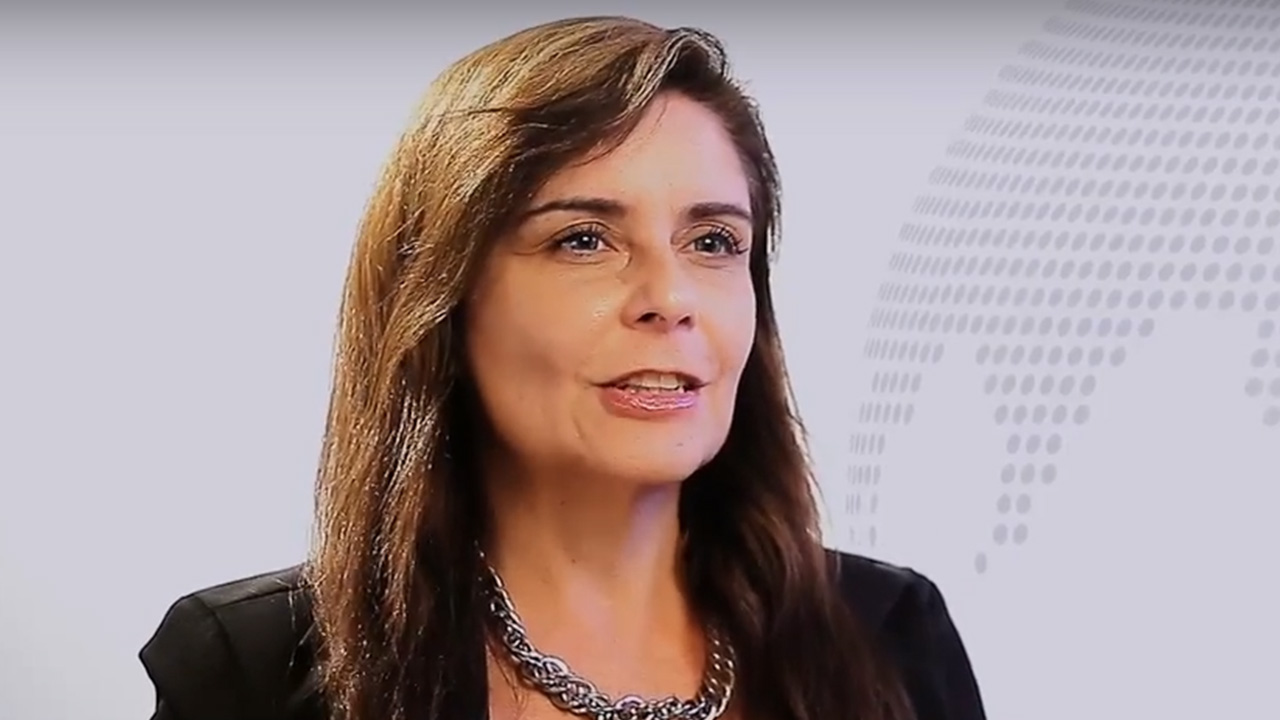 Well, it has been very busy week of working here in the SSP17 as a TA and now I have the opportunity to tell you what this amazing program did in my life. It is pleasure for me to share with all of you my story.
Well, it has been very busy week of working here in the SSP17 as a TA and now I have the opportunity to tell you what this amazing program did in my life. It is pleasure for me to share with all of you my story.
To be part of this space world belongs I believe something related with your personality. Yes, like you, I was as well fascinated with the Star War movie, scientific books, among others, which was quite unusual for a girl born in a very small city in the middle of nowhere in Brazil, where people normally had your work, family and went to the Catholic Church.
But I wanted much more than to be in a small city. I wanted to discover the world, to go the Moon!! I was lost in which career to follow. I loved math so I decided to follow computer science but in the middle of my preparation to the University I changed to Law. Well, this does not matter! At the end I became a space lawyer.
- Details
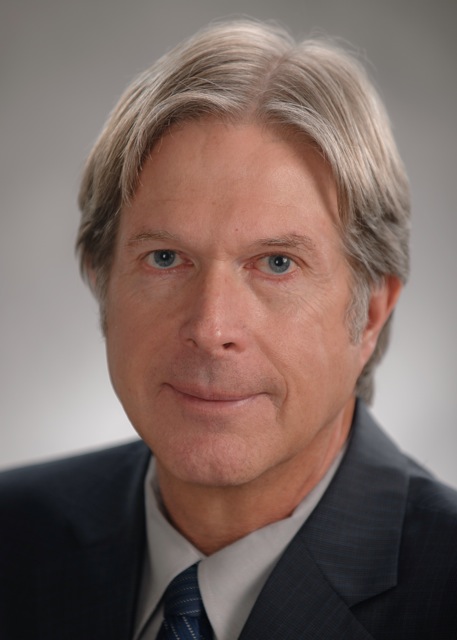
Co-Chair
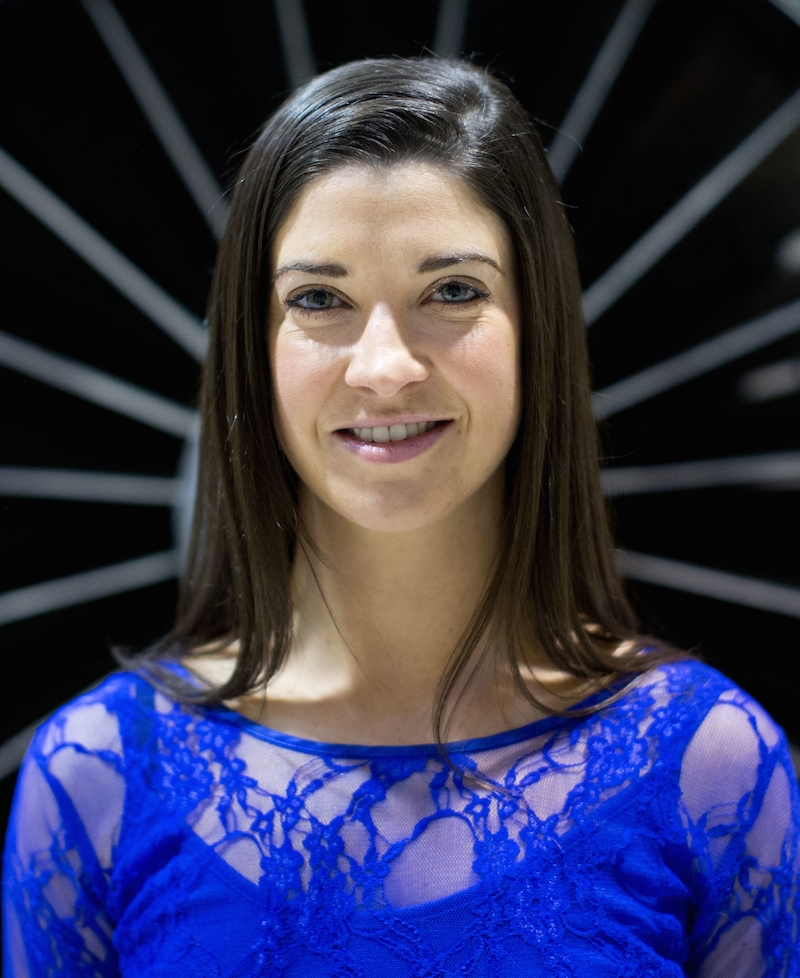
Co-Chair
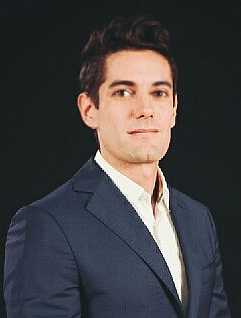
Teaching Associate
A revolution is underway as the commercial space industry is starting to take off. Aerospace companies are now able to attract new customers to the emerging space market and there is less and less dependence on government stimuli. This dynamic global context carries the promise of opening the new frontier to exploration and development in ways not anticipated by the established industry.
Investments from venture capitalists along with novel methodologies to raise capital, such as crowdsourcing, are providing opportunities for entrepreneurial space companies to gain a foothold in this expanding market. Investments between 2005 and 2012 were estimated at around US$12B--and this support is expected to continue as the new industry develops.
Several facets of the nascent space economy have shown potential for commercialization. Selling data sets and mobile applications, utilizing existing space systems to develop completely new products, creating new technologies, and spinning-out space technology to other sectors are at least as economically important as launching innovative capabilities into space. ISU alumni have created multiple successful space companies around the world, and this TP should be a catalyst able to jump start many more successful ventures.
The goals of this project are:
- Identify and prioritize the potential success criteria of emerging space markets for entrepreneurial companies;
- Characterize the large-scale economic structures of space activity in different space regimes (suborbital, orbital, and deep space), and their influence on small-scale startup activities;
- Interact and discuss with successful space entrepreneurs to understand the factors that accelerate and inhibit start-up success.
The Tasks of this project are:
- Create a ‘How To’ web application to support the set-up of a space company from A to Z, identifying what are the basic requirements and attributes of a successful company (also capturing regional differences in approach, regulatory and legal issues, capital requirements, etc);
- Develop an example business plan for a new space company taking advantage of the information developed for this TP;
- Establish a roadmap and engage the stakeholders for the ongoing maintenance of the online manual.
- Details
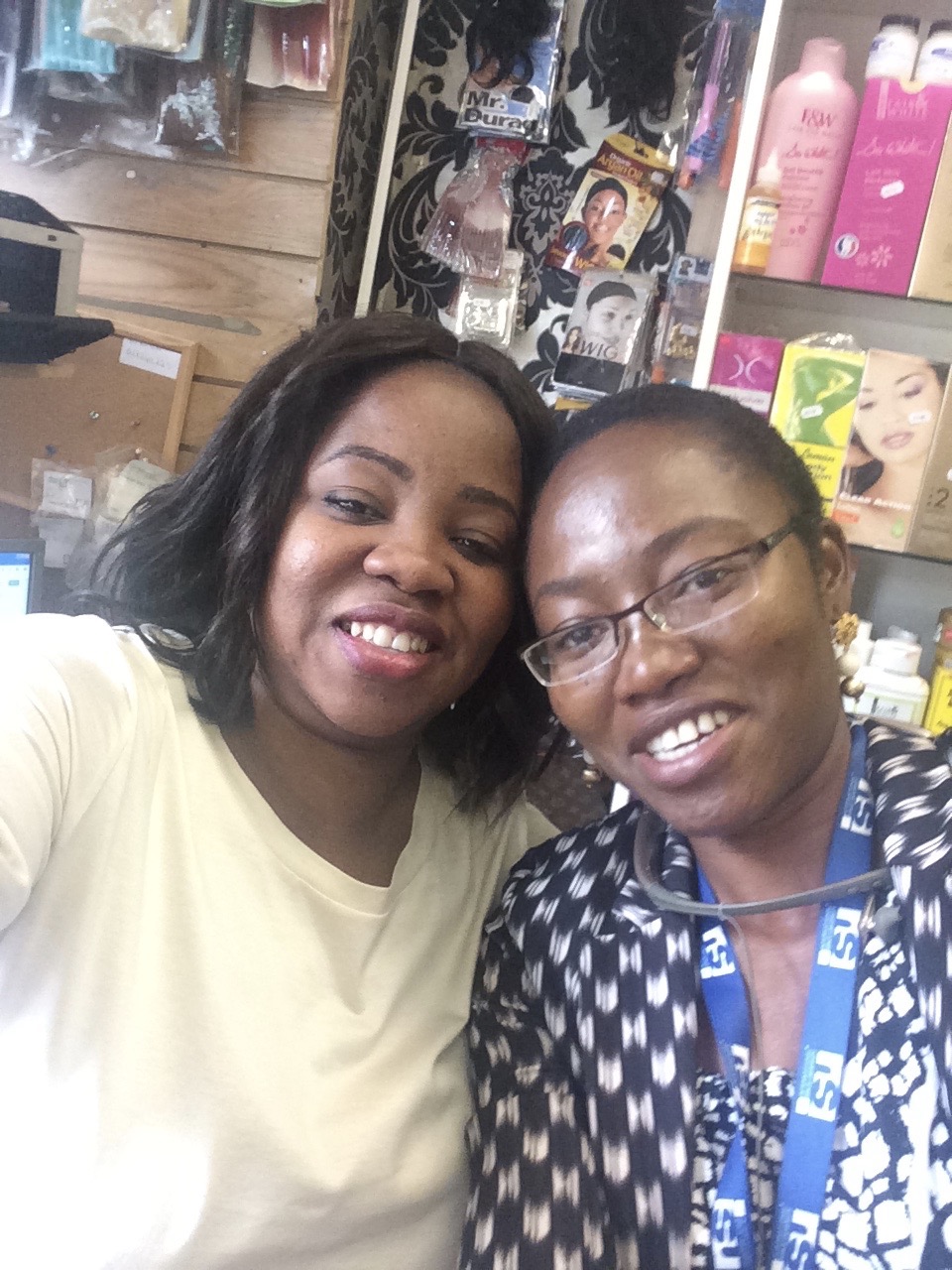
The staff decided to set the pace for the cultural nights by organizing an intercultural night of food and interesting presentations about the different cultures represented in the staff population.
As the only African and Nigerian, I decided to make proud my cultural heritage by cooking a delicious popular west African meal. Caleb magnanimously offered to drive me to do the shopping even when I didn't know where I was going.
- Details
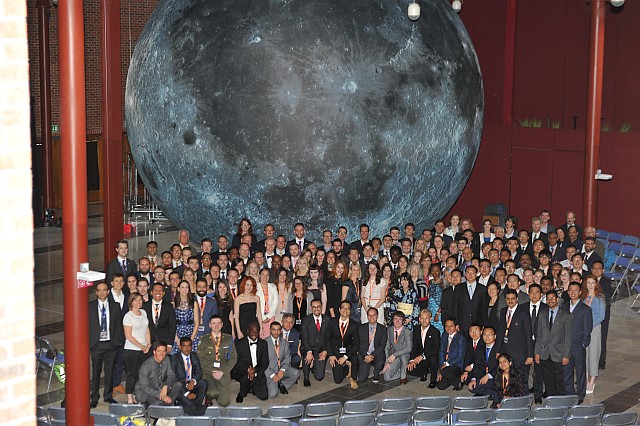 How incredible it is to realize that the first week of ISU’s Space Studies Program is already over. With so many events happening over the past week here in Cork, Ireland, we didn’t even realize there have been 19 core lectures, numerous team project activities, and fundamental workshops. Also, we have shared this amazing time with three extraordinary astronauts all in “one single week!” As one of the SSP teaching associate’s said: “this is the better way to spend the summer.” In addition, to the mind-blowing talks from astronauts Dan Tani, Jeff Hoffman and Soyeon Yi, their lectures were given in front of a giant moon sculpture titled, “Museum of the Moon!” It was completely mindblowing!
How incredible it is to realize that the first week of ISU’s Space Studies Program is already over. With so many events happening over the past week here in Cork, Ireland, we didn’t even realize there have been 19 core lectures, numerous team project activities, and fundamental workshops. Also, we have shared this amazing time with three extraordinary astronauts all in “one single week!” As one of the SSP teaching associate’s said: “this is the better way to spend the summer.” In addition, to the mind-blowing talks from astronauts Dan Tani, Jeff Hoffman and Soyeon Yi, their lectures were given in front of a giant moon sculpture titled, “Museum of the Moon!” It was completely mindblowing!
- Details
 It is Tuesday morning at four o'clock in the morning and our facial expressions are easy to decipher: Our faces are a mixture of fatigue, smile, and enthusiasm! Like every day we’ve experienced since we've been here, it's impossible to predict what our day will be.
It is Tuesday morning at four o'clock in the morning and our facial expressions are easy to decipher: Our faces are a mixture of fatigue, smile, and enthusiasm! Like every day we’ve experienced since we've been here, it's impossible to predict what our day will be.
We don't know who we're going to meet, what stories we're going to hear, or all the incredible things we're going to learn. Although these factors are completely uncertain, one thing is certain: the day will be enriching and surprising!
- Details
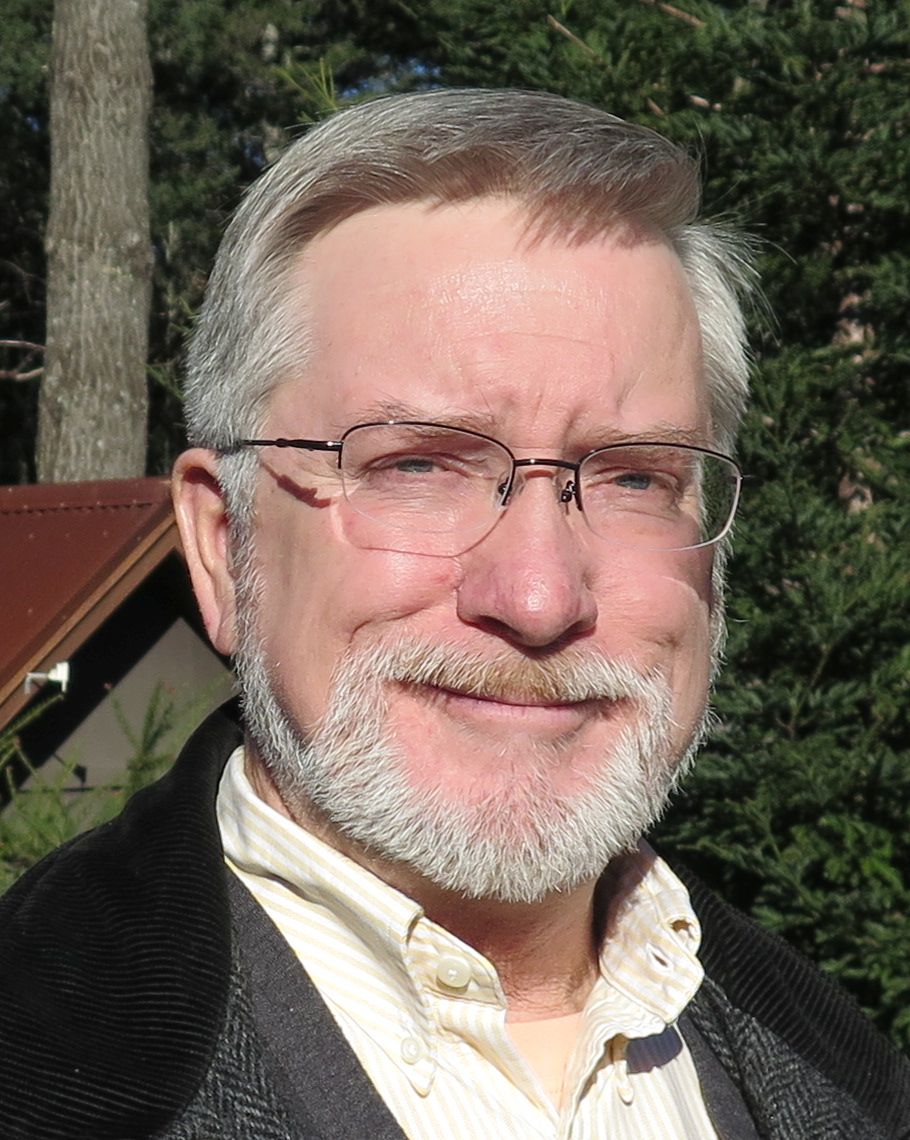
Chair
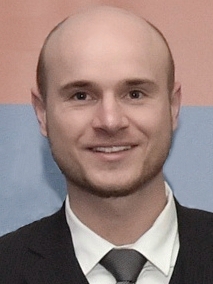
Associate Chair
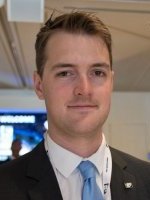
Teaching Associate
INTRODUCTION
This team project will investigate the feasibility of repurposing the International Space Station (ISS) after the completion of its primary mission in 2024. Some of the current ISS modules may well be fully capable of serving as components of a future mission (e.g., a space hotel, a cislunar cycler, or as part of a new station). Identifying which parts these are, and how to deal with the engineering, operations and policy problems of reusing them is the main focus for this team project.
In addition to the feasibility study, a further case study to provide detailed focus for this team project will be a conceptual design of the conversion of the ISS to another application to be selected by the team. For example, using telerobotics and construction workers where necessary, the ISS would be partly dismantled and then reassembled in low Earth orbit (LEO) using a mix of existing modules and new, purpose-built and launched modules. When complete, the new station would be accelerated using high-powered electric propulsion to become part of a new application architecture.
BACKGROUND
The ISS is the most expensive object ever created by humanity, however eventually the present mission of the ISS will end. Nominal end-of-life disposal for space stations is to deorbit and burn up as much as possible in the atmosphere. It would be a shame and a great waste to deorbit the ISS at the end of its life and have it burn up, as did Skylab, Salyut and MIR. The orbital energy of the huge ISS is a costly asset. The mass of the ISS in LEO is extremely valuable even if it is only used as raw material.
If its orbital life can be extended there may be an opportunity for innovative applications of the ISS or of its parts, such as raising it into a high, long-duration orbit for future use or disassembling and reassembling some modules into a new station for other uses. Problems of radiation, deconstruction techniques, generation of orbital debris, risk assessment, ownership, international cooperation, and costs of repositioning and repurposing are some of the challenges posed by this project.
This team will investigate possible continuations of the life of the ISS, such as ascent into a monument orbit, reassembly of parts (plus new modules) into a cislunar cycler, or extraction of modules to be joined into a new station with added international partners such as China. This project could start a useful international discussion of possible longer term futures of the ISS. Planning should begin now to establish a policy baseline and some feasibility knowledge about what to do with ISS at the end of its primary mission.
OBJECTIVES
- Perform a feasibility study of repurposing the ISS after the end of its primary mission.
- Identify strategies for dealing with existing ownership and use policies among the ISS partners to enable repurposing of the station.
- Conduct a conceptual design for ISS repurposing. The team will select an application and concept for reuse using all or part of the ISS.
- Devise the required international policy, management, roadmap planning and budgeting arrangements to enable sustainable use and maintenance of the new application in support of future space programs (such as lunar settlement, exploration, commercial and science programs). Ideally this would include additional national or commercial participation.
- Publish an influential report.
- Details
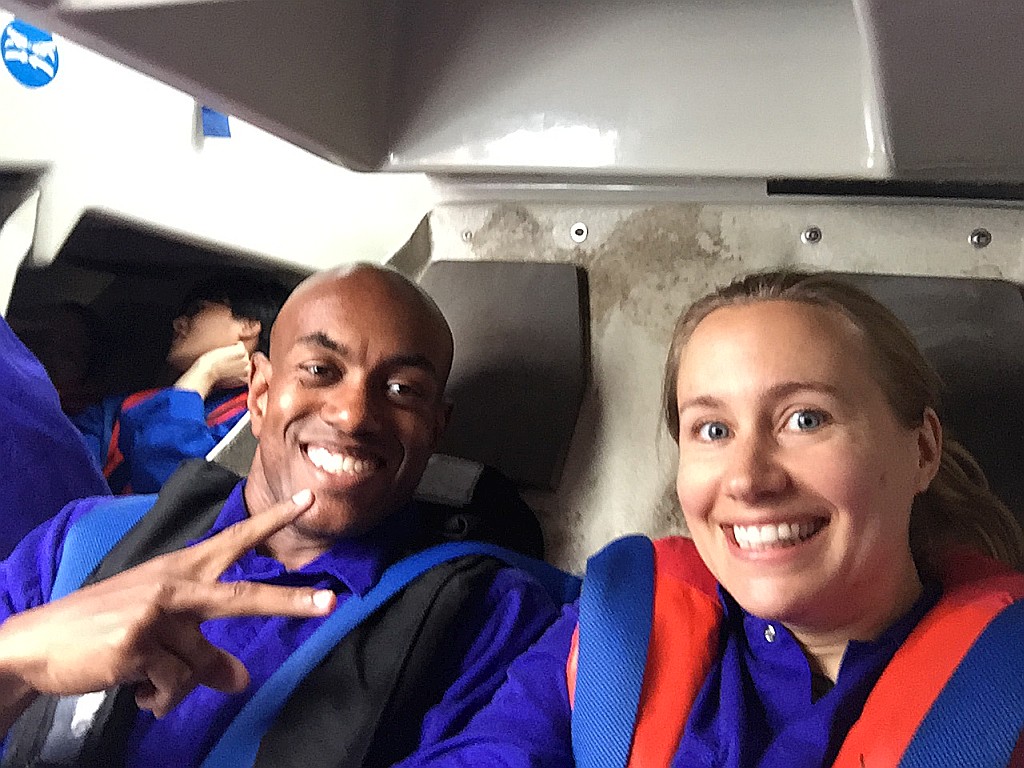 So this week was the first week of Departmental Activities here at SSP17. HPS started it off with quite a bang. After covering Medical Care in Space we went ahead and performed one of our Professional Visits for our activity "Train Like an Astronaut".
So this week was the first week of Departmental Activities here at SSP17. HPS started it off with quite a bang. After covering Medical Care in Space we went ahead and performed one of our Professional Visits for our activity "Train Like an Astronaut".
We went to the National Maritime College of Ireland, which is the leaders in Maritime training in Ireland, to participate in Water Survival Training. This is training that all maritime individuals receive and is part of first level training for astronauts before they are even selected as Astronaut Candidates.
- Details
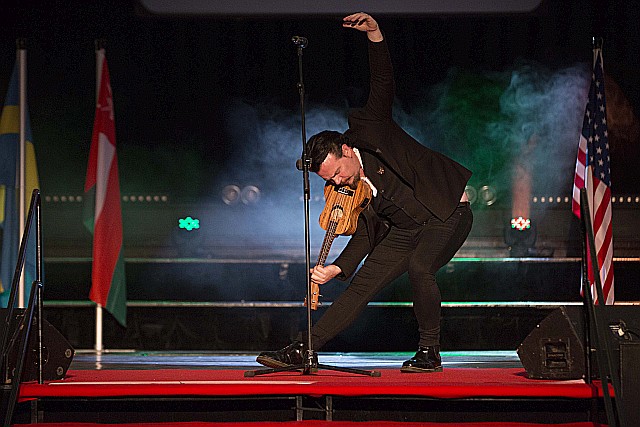 Funnily enough what really touched me at the official Opening Ceremony of the ISU SSP Space Studies Program 2017 was the parade of participants carrying their national flags. I had my reservations about the parade to be honest. Isn’t ISU SSP all about bringing people and cultures together? Why ask the participants to present themselves by means of their national symbols? Also: playing national anthems and carrying flags, isn’t that a bit top heavy?
Funnily enough what really touched me at the official Opening Ceremony of the ISU SSP Space Studies Program 2017 was the parade of participants carrying their national flags. I had my reservations about the parade to be honest. Isn’t ISU SSP all about bringing people and cultures together? Why ask the participants to present themselves by means of their national symbols? Also: playing national anthems and carrying flags, isn’t that a bit top heavy?
- Details
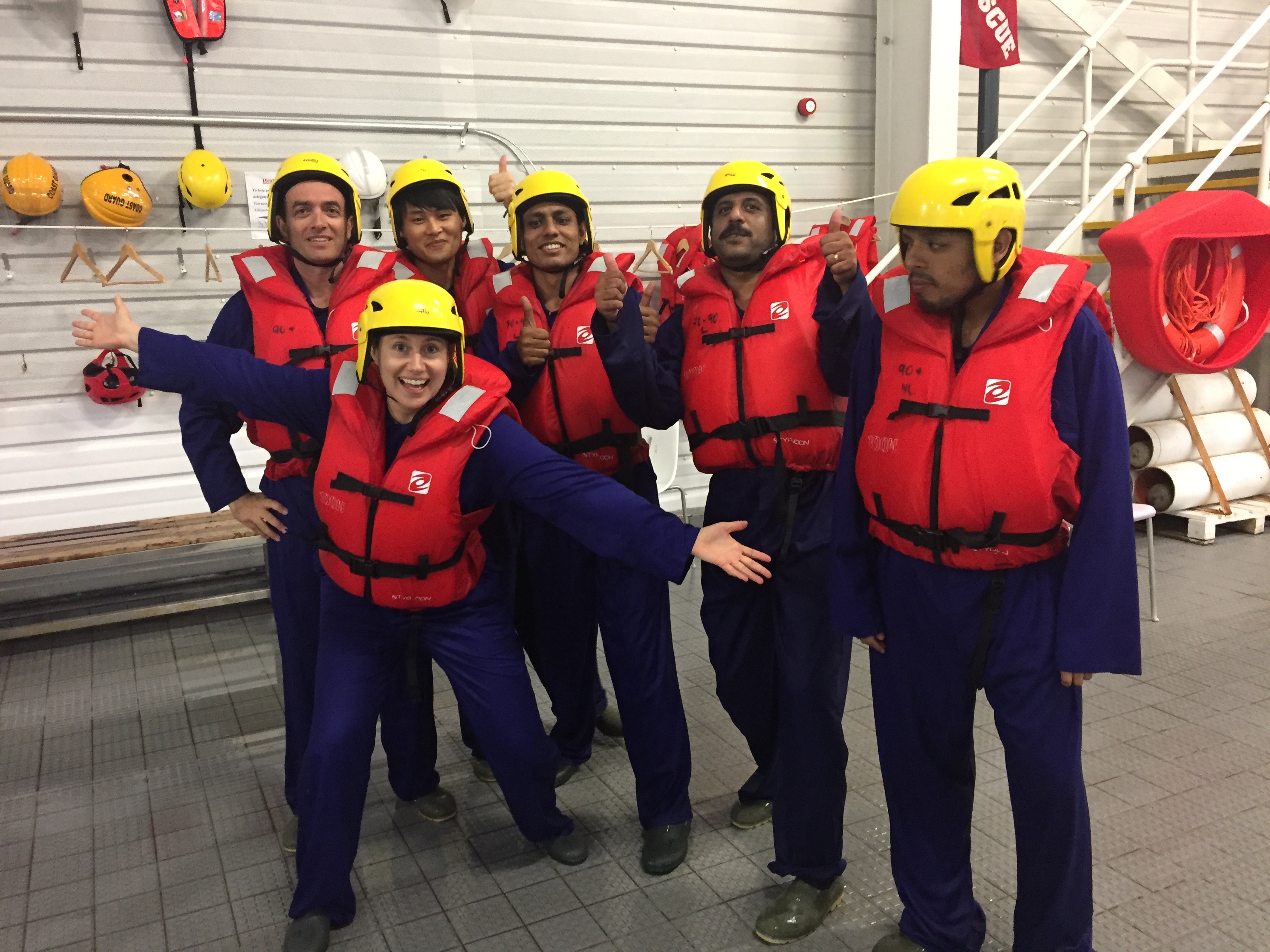 Ever trained like an astronaut before? Me neither - until now! Myself along with the Space Studies Program participants in the Human Performance in Space Department stretched our worthy sea legs for a day of real water emergency scenarios.
Ever trained like an astronaut before? Me neither - until now! Myself along with the Space Studies Program participants in the Human Performance in Space Department stretched our worthy sea legs for a day of real water emergency scenarios.
At around noon, we arrived at the National Maritime College of Ireland. The College overlooks the gorgeous Cobh Harbour. The position of this institution is quite fitting as Cobh, formerly known as Queenstown, was the Titanic’s last port of call before sailing off for it’s fateful journey.
- Details
Introduction
NASA’s goal is to extend human presence deeper into the solar system and to the surface of Mars. As part of this journey to Mars, NASA will need deep space habitation systems sufficient to support at least a crew of four on Mars-class mission durations. Recognizing this need, the United States, through NASA, is proposing as a priority objective the development of a human habitation facility able to operate for extended durations in the deep space "proving ground” - the cislunar environment, including L‐1, L‐2, and Lunar Distant Retrograde Orbits (LDROs).
NASA is seeking ISU’s unique International, Interdisciplinary and Intercultural perspective of potential human missions that can be conducted in cis‐lunar space that can demonstrate deep‐space habitation capabilities.
Background
The Cislunar proving ground presents an opportunity to advance the development and demonstration of deep space habitation capabilities and also contribute to continued interest around the world, both within space agencies and the private‐sector, in space exploration. NASA is planning a series of missions for this habitat, culminating in a “shake‐down cruise” in the cislunar environment by the end of the 2020s. In planning this activity, NASA recognizes both the interest in and ability of potential commercial and international partners in contributing to and building off of or possibly complementing such a capability. This objective is aligned with the 2013 Global Exploration Roadmap, prepared by a coalition of 14 space agencies, which stated that a critical capability for exploration is an “Evolvable Deep Space Habitat in the lunar vicinity that can accommodate life support and other habitation systems to demonstrate their use in an integrated fashion beyond low Earth orbit.” NASA is interested in how to best execute the cislunar proving ground deep space habitation missions within a context of partnership and programmatic innovation.
This TP overtly states that potential international and commercial partners would be considered contributors to cis‐lunar missions, and asks ISU to assess the ability and likelihood of potential international and private‐sector partners to contribute to, and build off of the NASA-developed cislunar capabilities.
Objectives
The focus of this team project will be to evaluate the broad set of scientific, technical, policy and other aspects of a deep space habitation “shake‐down cruise” in the cislunar proving ground and explore the different opportunities for partnership and other innovation that could be part of such an initiative.
Tasks
- Develop an understanding of the technical and life support issues inherent in the development and demonstration of deep space habitation capabilities and other potential activity in the cislunar proving ground.
- Develop an understanding of the policy and programmatic issues related to international and private sector partnerships, using among others the ISS IGA and the NASA COTS and Commercial Crew programs as examples.
- Assess the ability and likelihood of potential international and private‐sector partners to contribute to and build off of deep space habitation capabilities in the cislunar proving ground.
- Propose a few options to consider for executing the cislunar proving ground deep space habitation mission within a context of partnership and programmatic innovation that prioritizes the success of technical objectives and leverages viable partnership opportunities.
- Details
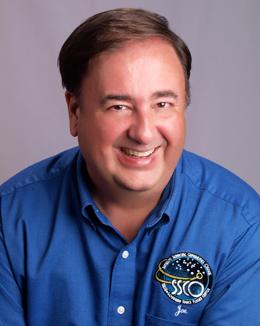
Chair
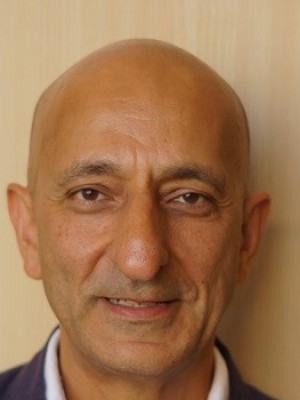
Teaching Associate
A detailed study to explore the future of Industrial Internet of Things and their applicability to the Energy and Space industries based on the criteria of Unmanned and Remote operations is highly desirable. This is a synergistic technology with mutual benefits to both the energy and the aerospace fields.
The nature of this technology and its applicability can encounter various challenges that will need to be assessed. These challenges include engineering, applications, business cases, and policy, among others. These devices will primarily be internet-connected sensors and may be used to provide environmental metrics about extraction sites. By fully optimizing the IoT solutions available, an oil and gas company will be able to leverage analytics to improve business and enhance process safety by deploying automated monitoring systems across major facility components.
The IoT environment could present numerous advantages for various space applications as well, including creating lighter vehicles due to fewer cables, and a greater payload capacity. It will also allow measuring important parameters, which may be difficult to instrument and deploy with conventional wiring systems.
- Details
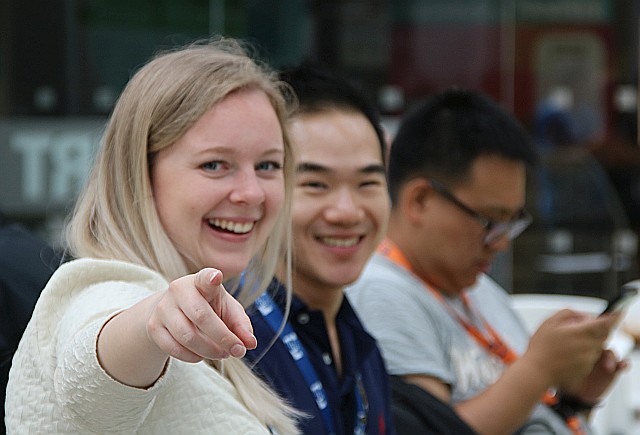 Struggling with all the names – for a little while
Struggling with all the names – for a little while
On Saturday 25 June the more than 110 participants of this year’s ISU SSP arrived in Cork from 26 countries worldwide. To make them feel welcome and to get them geared up for their intensive 9-week pressure-cooker program on space, ISU’s Space Studies Program (SSP17) they were treated to a welcome diner, a participant and staff introduction, brunch, instructions sessions and an open-top tour of the city. How are they settling in? Michael: “Great, but I am still struggling a bit with the names.”
- Details
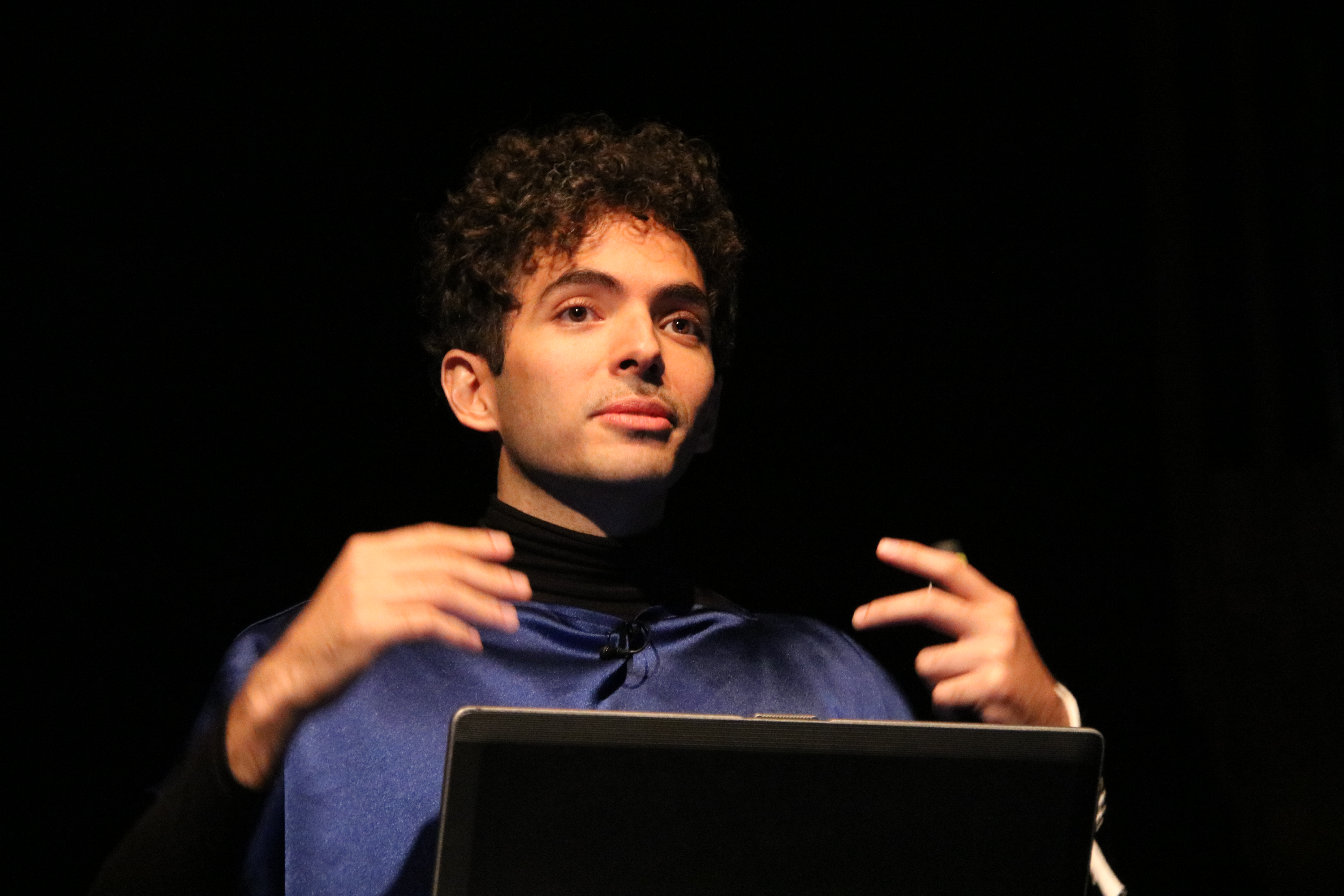
- Details
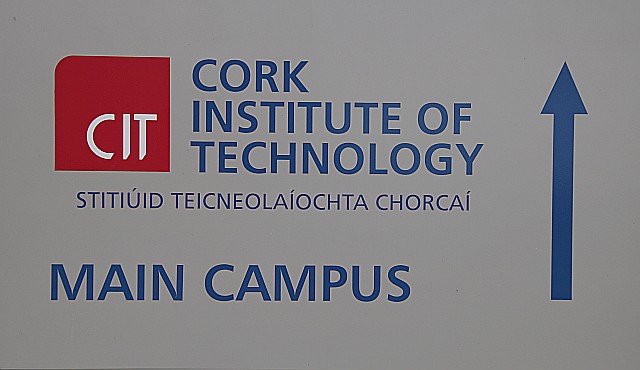 We are pleased to announce that the International Space University will be continuing the traditional >Space Studies Program blog!
We are pleased to announce that the International Space University will be continuing the traditional >Space Studies Program blog!
Over the next nine weeks, our teaching associates, participants and other authors will be highlighting all the great experiences in and outside the classroom and all around Ireland! There will also be loads of behind the scenes with what’s happening at this year's host institution, Cork Institute of Technology.
And, we are very proud to introduce a new digital addition to ISU! Head to your digital app store and download the Int’l space Space University digital application. This is the easiest way to keep up to date with all the news and events happing at this year’s #SSP17!
Plus, there’s loads happening on our social media channels. Subscribe to our Facebook page and follow @ISU_SSPon Twitter for great content.
SSP17 Academic Team
Chair
Chair
Chair
Chair
Chair
Co-Chair
Co-Chair
Chair
Associate Chair
Associate Chair Previously the Executive Director of the World Space Week Association, coordinating the global response to the UN-declared World Space Week, Timiebi is currently undertaking a fellowship in the International Full Biography
Chair
Associate Chair
Chair Walter’s background is in Biomedical Engineering with a focus on human-machine interfaces and neuroscience. Walter studied Medical Informatics in Heidelberg/Heilbronn and wrote his master thesis in Taipeh, Taiwan (ROC) developing a new method for 3D dynamic. Full Biography
Host Institution

